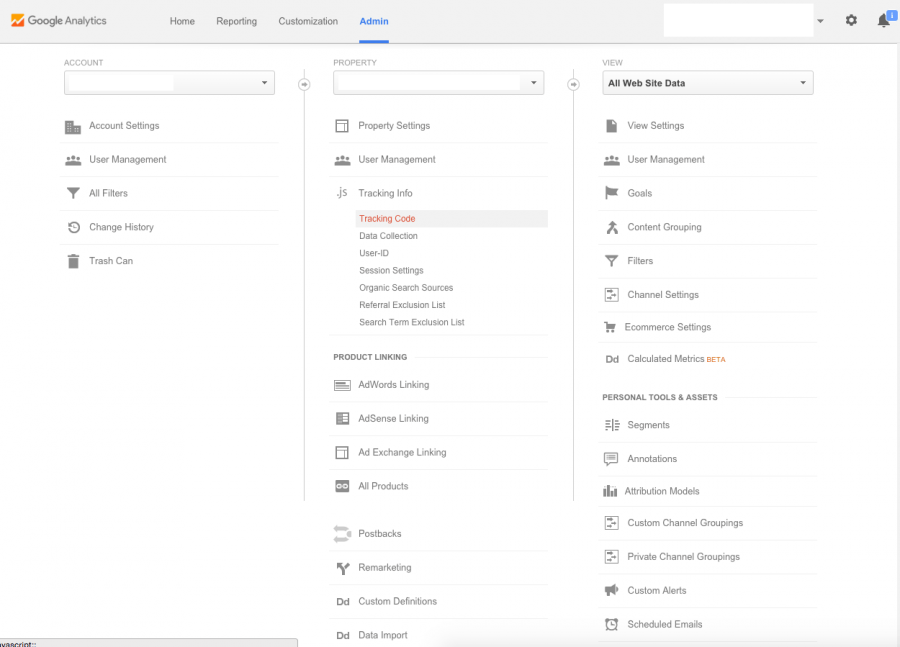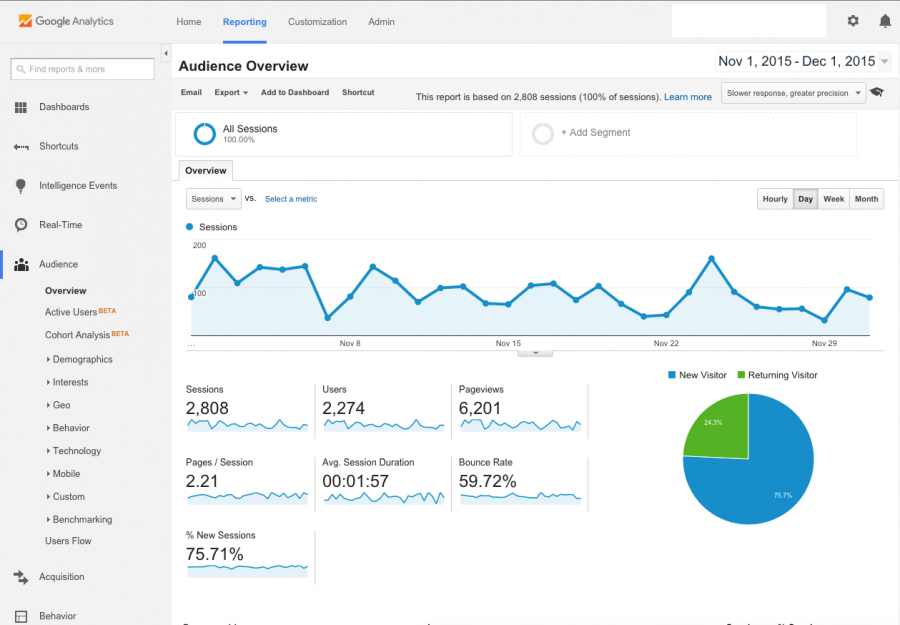Google Analytics is one of the best tools out there in terms of reading metrics for a business website, though it's known for sometimes being overwhelming to first-timers.
Regardless, many of the basic metrics available are easy to read and use to your advantage in understanding how your website is performing and what customers want from you. Knowing how visitors react when they visit your website makes all the difference in whether you have a clear vision for the future or if you must go in blind.
Google has developed many tools to help businesses, and Google Analytics is just another one of their free tools that's easy to set up. However, you'll need at least a understanding of what it offers in terms of data to get yourself to a point where you can use it effectively.
Fortunately, it's easy to pare down to the most essential metrics you need to pay attention to. Google Analytics provides them in formats that are generally easy to understand rather than using arcane terms or charts.
Let's take a look at how you can use Google Analytics and what metrics you should read over the first two weeks to see how your website is doing.
Setting Up Google Analytics

Getting started with Google Analytics doesn't take long. Signing up for use is simply a matter of providing basic information about your website and the URL. You should look out for a "Get Tracking ID" button at the bottom of the page. When you click this, you'll have code you can cut and paste into the code of any page you want to track (we recommend applying the tracking code globally for the best results).
This automatically applies Google Analytics to your website where you'll have instant metric access 24/7. Remember: if you're dying to see some metric data within 24 hours, you may be disappointed. While Google Analytics does offer real-time tracking, most data takes about a day to display. Plus, a single day’s worth of data won’t tell you much—it's best to wait about two to four weeks before you get any serious representation of visitor data.
Metrics to Pay Attention To

You can get a good idea of what's happening on your site from just a small number of basic metrics Google Analytics provides. One of these is sessions, which shows how much actual engagement there was with your site by a visitor.
Equally important to read is a more thorough indication of users and whether they actually had a full session on your site or left in a hurry. This is indicated by the average session duration. Also look out for page views and page view per session. The latter is particularly important if you have multiple pages on your site.
Bounce rates need attention as well, even if they're sometimes sobering. A high bounce rate can indicate that your visitors aren’t clicking around enough to fully absorb important information. You can counter this by reading new session percentages that show how many new visitors are visiting your site versus returning customers.
Here are some other important Google Analytic terms:
Visitors and Returning Visitors
Those who return to your site will have Google Analytics cookies on their browsers, so you can tell how many people coming into your site have been there before. New visitors get counted accurately, though keep in mind if someone deletes their cookies regularly, they'll be counted as a new visitor each time they return.
Dollar Index
This is an essential metric because it measures how a page converted a visitor. Using a specific calculation method, it can give you a strong indication of how effective a page is in converting people. As a result, you'll have better figures on what content to change, plus your ROI.
Search Engine Traffic
As another intro-level metric to read under the Acquisition section, you'll want to pay attention to this one to see if people are actually searching for you. Google calculates it based on known URL's from their list of search engines. It lists both organic and paid searches.
Using Google's API
Here you have a feature that allows you to set up Google Analytics on other applications or databases for more comprehensive use. The API extracts all data and saves it for you for easy data transfer.
Of course, no one expects you to become a Google Analytics expert overnight. It will take time to get comfortable with the tool, and you may need to consider the help of professionals who know how to set up more refined tracking events and campaigns. But over time, the data you collect can and will help you make smarter, more targeted decisions about your design, marketing, and overall business strategy.


